Some of the numbers presented in this website may not be the most recent available
Globalshift.co.uk - copyright © 2009 to 2025; All rights reserved



E. MEDITERRANEAN
Vibroseis trucks
Brief history of the country
Syria (the Syrian Arab Republic) in the Levant borders Lebanon and the Mediterranean Sea to the west, Turkey to the north, Iraq to the east, Jordan to the south, and Israel to the southwest.
The northern Kingdom of Ebla existed in 3500 BC, becoming part of the Akkadian, Hittite, Egyptian, Phoenician, Assyrian, Babylonian, Achaemenid, Greek, Armenian and finally Roman Empires, including the Kingdom of Palmyra. In 640 AD Byzantine Syria was then conquered by the Arab Umayyad Caliphate, which was overthrown in 750 by the Abbasid dynasty.
Parts of the country were held by Crusaders, Kurds and Mongols until 1260 when the Mamluk Sultanate of Egypt invaded. In 1516 the Ottomans took over, administering the region until World War 1.
After the fall of the Ottomans modern borders were established in 1920 within a French mandate. A series of revolts led to independence in 1945. Syria briefly united with Egypt in 1958 as the United Arab Republic, but this was terminated in a coup in 1961. The Ba'ath Party then took power in 1963.
Syria controlled Lebanon from 1976 to 2005. Civil instability later expanded into a full scale war against the Ba'athist government in 2011. Part of the Arab Spring, it lead to a refugee crisis and devastation of much of the country by warring factions.
The rise of Islamic State (IS) contributed to the turmoil. IS had been beaten by 2018 with the Ba’thists recovering most of their power, supported by Russia. In late 2024 a new successful insurgency began in Aleppo and the autocratic President fled to Russia.
Oil and gas summary
Syria consists mostly of an inland arid plateau or steppe. The northwest area bordering the Mediterranean, the northeast al-Jazira area and the southern Hawran area are agricultural areas.
Mountain ranges are present in the west and south with the highest point being Mount Hermon at 2,814m on the Lebanese border. The Euphrates crosses the country in the east.
Oil was first discovered in the northeast in 1956, an extension of the Iraqi fields of Mosul and Kirkuk Syria began producing oil in 1968 and oil became Syria's chief export after 1974 but it does not have the prolific reservoirs of Iraq.
Oil production peaked in 1995 but was declining as the country’s larger fields deplete, especially the giant Suwaidiyah field.
Natural gas was discovered in 1940. Before the war the country was reducing gas flaring with new infrastructure, including the DezGas project whilst the Central Area Gas project added non-associated gas output. Marketed gas production was thus increasing to meet local demand.
Syrian oil and gas production and exploration activity has been restricted since the civil war began in 2011 with output falling to low levels exploited locally.
Syria has no offshore oil or gas production and no potential is currently recognised by Globalshift however gas discoveries off Israel have boosted the country’s prospects.

SYRIA
Map and National Flag

East Mediterranean




Capital
Population
Land area (sq kms)
Oil prod (000s b/d)
Gas prod (bcm/yr)
Oil cons (000s b/d)
Gas cons (bcm/yr)
Damascus
21 mm
185,180
43
3
150
3
Government
Syria was a unitary republic becoming a semi-presidential republic in 2012. The President is head of state and the Prime Minister is head of government with a Council of Ministers.
The unicameral Peoples Council is responsible for passing laws and debating policy. In 2012 Syria held its first elections including some parties outside the ruling coalition but anti-government rebels chose not to take part. As a result of the civil war various alternative governments have been formed.
The Ministry of Petroleum and Mineral Resources is nominally tasked with overseeing oil and gas operations in the country.
The Syrian Petroleum Company (SPC), is the NOC established in 1974, now subject to US sanctions. SPC owns 50% of Al-Furat Petroleum Company partnered with Shell, ONGC and CNPC.

SYRIA: TECTONIC ELEMENTS
Globalshift.co.uk (source: Graham Brew Ph.D. Thesis)